How to Sell Shirts Online without Inventory?
Do you have a shirt?
Yeah, of course, it is so popular that all people nowadays have at least one shirt regardless of genders and age. A shirt is useful in various situations; we can wear it when working, hanging out, going to parties, and attending important events. Depending on the design, a shirt can make you look either professional or trendy. That is why a shirt is considered to have items that everyone needs to have in their wardrobe.
Can you sell online without inventory?
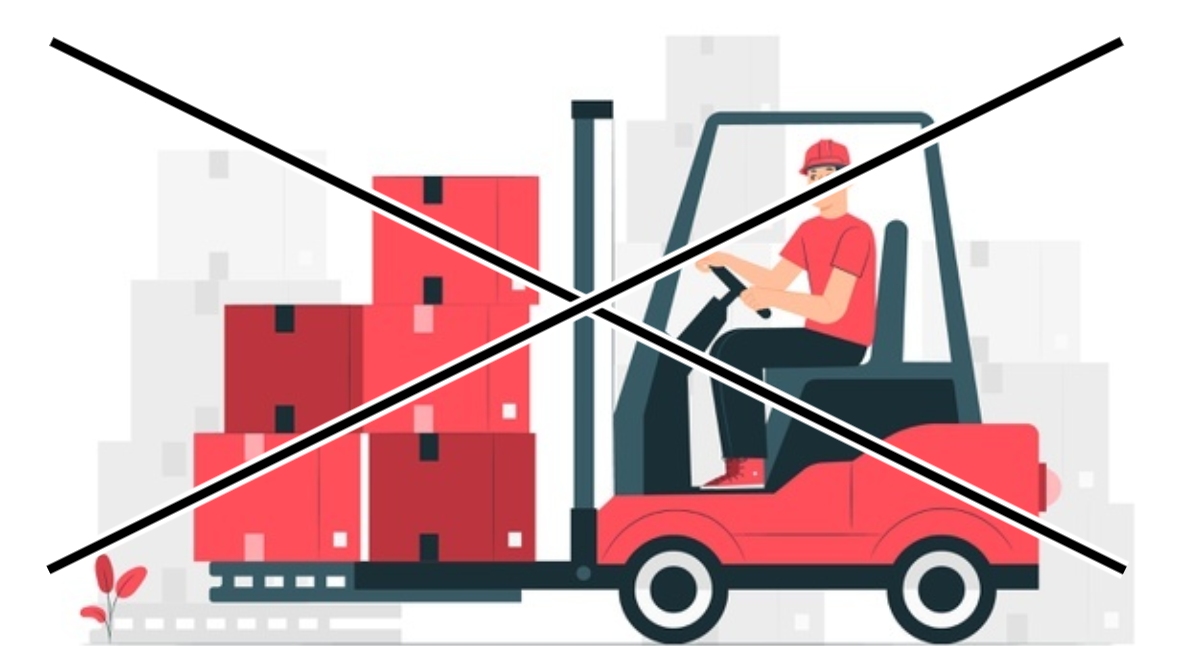
With such enormous demands on shirts, selling this kind of clothing becomes a fertile ground for business, including the online one. However, is it possible to start a virtual shirt store with no inventory, no experience, and even no website
Surprisingly, it is possible. In this post, we will provide you the ways to sell shirts online with “three no” - no inventory, no experience, no own website. Whether your purpose is to learn ways to expand your business scale or steps to create for your own shirt, this article is definitely for you. From it, you will understand all the primary steps in making shirts and obtain some methods to increase your revenue rapidly.
So, keep reading!
Firstly, we can exploit some special occasions to increase the sales by creating customized T-shirts.
To do that, we need to complete multiple tasks before the holidays which are removing some associated programs, deleting dozens of articles with irrelevant topics, and changing the outdated post by the popular topic recently. Keywords are also a crucial part so that it is necessary for us to estimate the keywords which are on top of generating money in all posts and pages one more time.
When it is all done, it is time for you to do business virtually with no inventory or warehouses. Just do it and see how far we can go on this road.
On the first day, you can establish an eCommerce store, post the design on the web, and then wait for the buyers. Perhaps it can be challenging at first but don’t worry; the following designs are often demonstrated to be more successful than the first one with the same endeavor.
A helpful platform which we suggest that you should take into consideration is Printful. By being a member of it, you can create and sell your product through print-on-demand dropshipping. Thus, you will no longer need a warehouse or any software for inventory management, which will help you focus more on your mission - make browsers pull their wallet to buy your merch. Moreover, there are many valuable documents available in Printful, such as the data related to the current audience, mailing list, and purchased customer lists.
More than that, don’t forget to post your design on online marketplaces such as Merch by Amazon, Etsy, Teepublic, and Teespring. These websites all have theircustomers that are your targets.
Not only shirts, but also other goods designed by the print-on-demand (POD) services can be sold online without inventory. For instance, Printful enables users to create and sell prints, tote bags, backpacks, kids and young clothing, snapbacks, phone cases, pillows, coffee mugs, and more. Whatever product you select, the beginning price is still the same, and other fulfillment platforms have different collections of items. Thus, you should take these two things into account to know which one is for you.
Read more:
Why should you consider selling without inventory?
“Why should you consider selling without inventory?” - This question certainly comes into the mind of people who know about this kind of business no less than once, so why? There are dozens of roots for this, but it seems not easy for you to understand. So, let’s have a look at these following examples:
Uber, which is also known as Uber Technologies, Inc., is one of the biggest companies in the gig economy as well as the one pioneering self-driving cars. It is an application that offers various services as vehicles for hire, couriers, food shipping freight transportation, and so on. In 2019, this app is used in more than 80 countries by over 75 millions active Uber riders globally. However, it doesn’t acquire ownership to any cars.
Another example is Facebook - the largest social network in the world. It is a place for people to connect with each other and share many things in their life. Facebook users are allowed to post image, content, video, etc. In the second quarter of 2020, there are more than 2.7 million people using Facebook per month - such a huge number. Surprisingly, even though people use Facebook for content, it is not the one created by Facebook.
These two companies are not unique; multiple companies also apply this kind of business like Airbnb - a famous company for renting houses or Alibaba - an online platform for retailing, ranking the 7th in the top 10 most valuable companies globally.
The common thing among these companies is that they sell products or services without inventory; they don’t possess what they offer their customers. It can be easily seen that these companies are all successful; they don’t treat anyone. Thus, it can be concluded that selling without inventory is a normal kind of doing business in the modern world; it is fair, not a fraud.
Moreover, many studies also indicated that merchants who think up a new idea after researching selling with no inventory think their lives become much easier. They don’t have to use a large amount of money, so nothing to lose - perfect! So there is no reason for us to deny going deep into this kind of business to understand it thoroughly.
Now, let’s explore the two most popular ways to sell without inventory, which are print-on-demand and dropshipping.
What is print-on-demand and dropshipping?
Print on demand
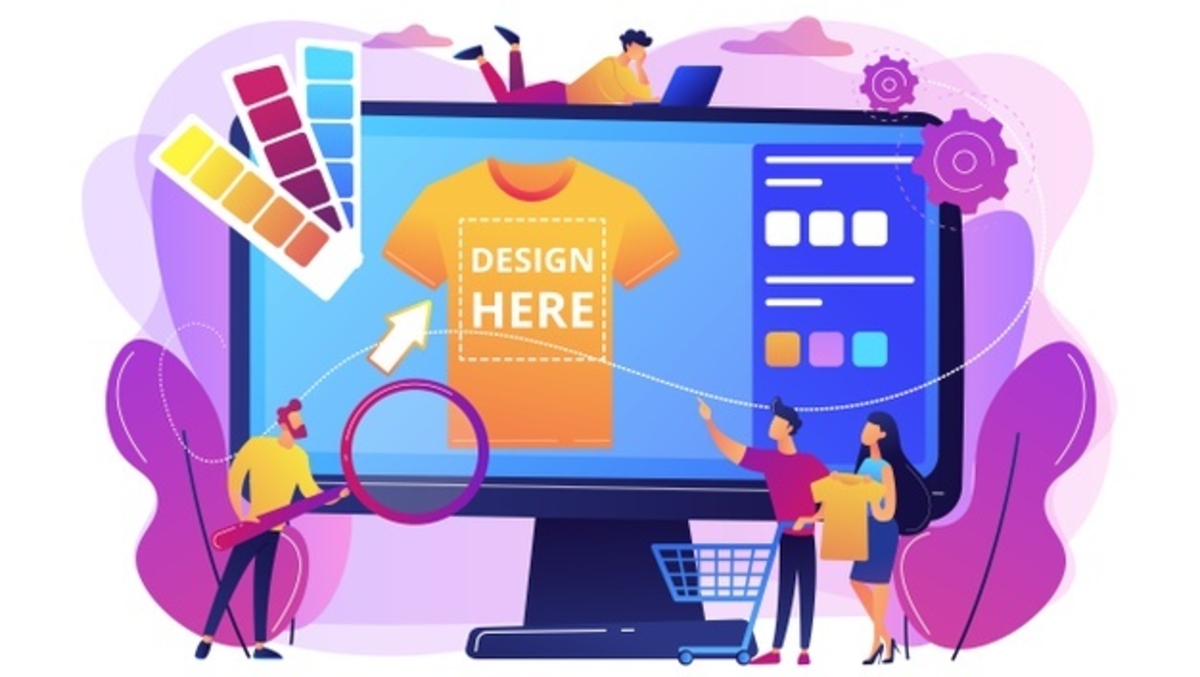
In this case, Print on demand is the model where you upload your design to the shop and wait for customers. When a person buys an item, it will be printed, packaged, and shipped to your customers by the print provider. The products for this kind are also various, they can be shirts, hats, bags, mugs, jewelry, home decor items, and many other personalized items.
Even when you do not know about designing products, opening a shop using this model is still possible for you. Apart from creating on your own, you can download the free patterns on some print-on-demand website or have other people design products for you. After that, it is time to form a working relationship with a POD service provider like Printify. Then, the next step is to encourage people to buy your products and the print providers will be in charge of the rest.
So, how about the most important part of the business - the profit? You can freely set the price according to your wish but remember to put in at an affordable level. However, the money you acquire after each successful transaction is not completely for you.
Actually, in this model, merchants’ missions are to sell the products, receive the money for each order, and send the detailed information of the orders to the print provider. Therefore, the money you get from buyers is divided into two parts: for you and for the print provider. You have to pay your print partner a certain amount of money and what remains is yours.
Read more:
- Best print on demand products to sell online
- 7 Best Print on Demand Companies
- Best Shopify Print on Demand Apps
- Printful vs Printify: Which Print-on-demand is Better?
Dropshipping
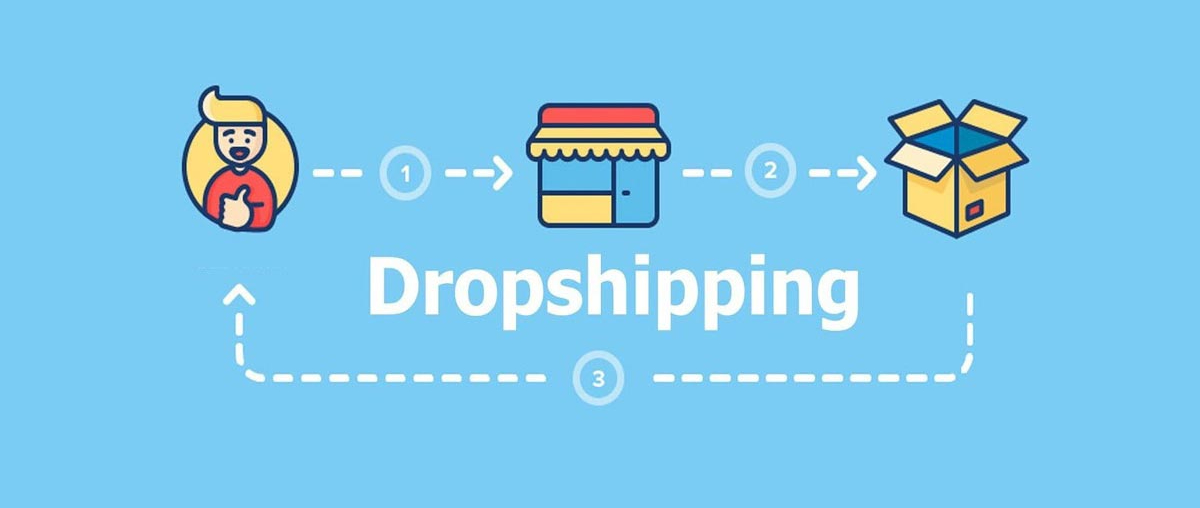
Another way to sell with no inventory is dropshipping in which merchants post products on their website. Customer, then, can visit the store and decide to place an order. When the merchants approve the order, its details then will be sent to the supplier and the suplier will package and ship the product to the customers. To do this, entrepreneurs have to connect with the suppliers for specific products. When there is a new order, the transaction details will be sent to the provider.
They, then, will ship the items to customers’ addresses based on the information merchants send. Besides, there exists some drawback that you need to be aware of in dropshipping: some providers will not fulfill the orders until you push the “order” button but some fulfill the orders automatically.
In some aspects, this model is similar to the POD one since you also have to pay money for the products and related services that suppliers offer. On the other hand, there are some differences between POD and dropshipping: in the POD model, you can have the print provider create your personalized design but with dropshipping, you will select the product you like in the product lists to sell on your eCommerce store.
Read more:
- Best Dropship Companies with No Membership Fees
- How to Start a DropShipping Business with Shopify
- 22 Best Dropshipping Suppliers in the USA
- Is Dropshipping Dead?
How to sell shirts online without inventory?
In general, if you want to start an eCommerce store with dropshipping, you need to open an online shop, which can be your website or online marketplace first. If you don’t know about it, don’t worry. In this post, we will give detailed instructions for the three most famous virtual marketplaces. So keep reading to know which they are. After opening an online shop, it is necessary that you generate your designs in the Printify mockup generator. And now, your items are ready to be uploaded to your store.
Still hard to understand? Let’s turn to these three following steps!
Select products and target customers
The very first step occurs in your mind - select your products and target. Even though there is no need for inventory in dropshipping, creating a clear plan is compulsory. You need to know which items will be put in your store and who will be interested in them.
You are given thousands of goods which range from clothing to home accessories. You can choose the one you like freely but don’t forget to update new products frequently and keep up with the latest data. Especially with dropshipping, updating a new product is the easiest thing - what you need to do is to generate new items in Photoshop and then upload them into your store with a short description and price.
Modify images and information
After that, you can upload your products to your store. However, it is not done. To achieve the best results, you have to show your buyers the best images with relevant words that easily help them find it among millions of products.
You should make beautiful mockups with images that can be carried out by a mockup service such as Placelt. Otherwise, you can take photos of the shirts to upload them to your store. This, of course, can be done only when you order the sample. It can cost you a little amount of money, but it is considered the best way for two reasons: you can show the real pictures of your shirts on your page and check the appearance and quality of the products. There are many cases that the products bought online are not as beautiful as the one advertised. By ordering the sample, you will have chances to make sure that the end product will be the best one. If it is not good enough, you can easily modify the design to fix the problem.
In terms of product information, posting a product description without any research is not recommended. Writing content is also regarded as a kind of art - art of word usage, so you need to be careful. In a sea of goods on the Internet, content, besides the price and picture, is crucial to make your product outstanding and catch browsers’ attention. As a result, it is advisable to conduct in-depth SEO research to find out the suitable keywords that are not only relevant to your products but also popular recently.
Set price
The final step for selling shirts online without inventory is set the price to show your customers and sell your shirts. If you are using Printify, setting pricing is like a piece of cake. This user-friendly interface allows you to set various prices for different sizes of the items. Smaller size will cost less money than the bigger one. For example, while size S cost $5, the price of size XXL can be $7. However, the decision is in your hand, so if you don’t want, just set one price for every size.
Places to sell
So what would it be when running an eCommerce store with no inventory on specific platforms? Let’s see what will happen in the world’s most popular marketplaces.
An important note that you must call to mind is never to put everything in only place - It is too risky. Instead, it would help if you opened more stores on other platforms to ensure that you still have another place to continue selling your products when trouble happens on one web.
Shopify

One of the simplest ways to start an online business is to set up an online shop on Shopify. Once completing the registration, Shopify will provide you with a safe website and allow you to approve orders without delay by supporting you in processing built-in credit cards with no fee. There is no need for knowledge or experience in Shopify technology, so even when you are a fresher, you are still able to run your store effectively. Yet, compared to the two rest webs, Shopify is the most costly one
Related Post: 10 Best Shopify T-shirt Store Examples
WooCommerce
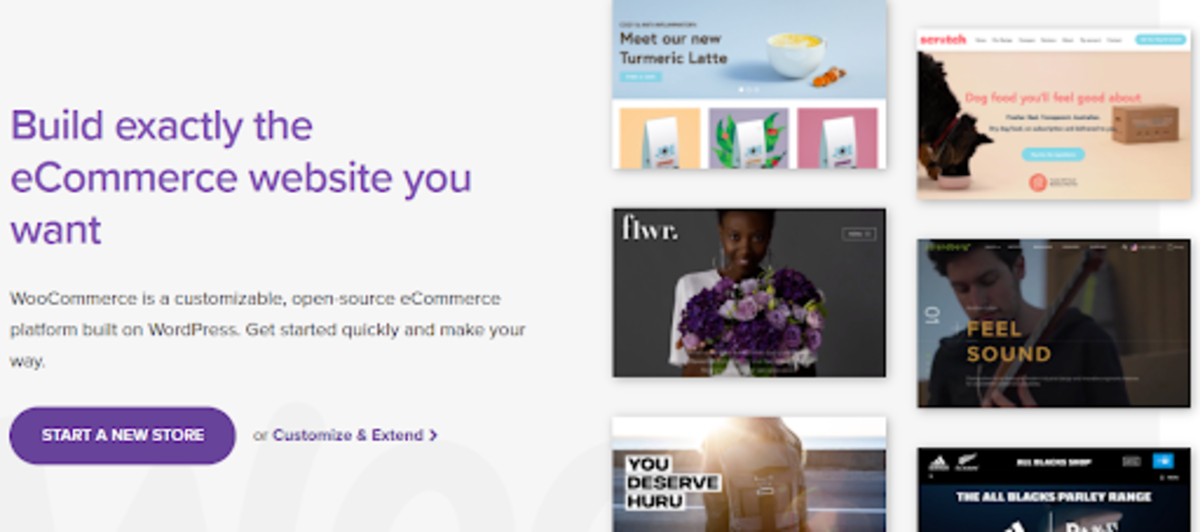
WooCommerce is an open-source plugin for WordPress, which means that it empowers merchants to create a virtual store just by taking advantage of WordPress - the most common way to create a website or blog. On this website, you don’t have to pay any fees; everything is free from downloading, using to customizing. In return, there is no tool to support you; you have to set up your store on your own, which will be pretty time-consuming.
Etsy
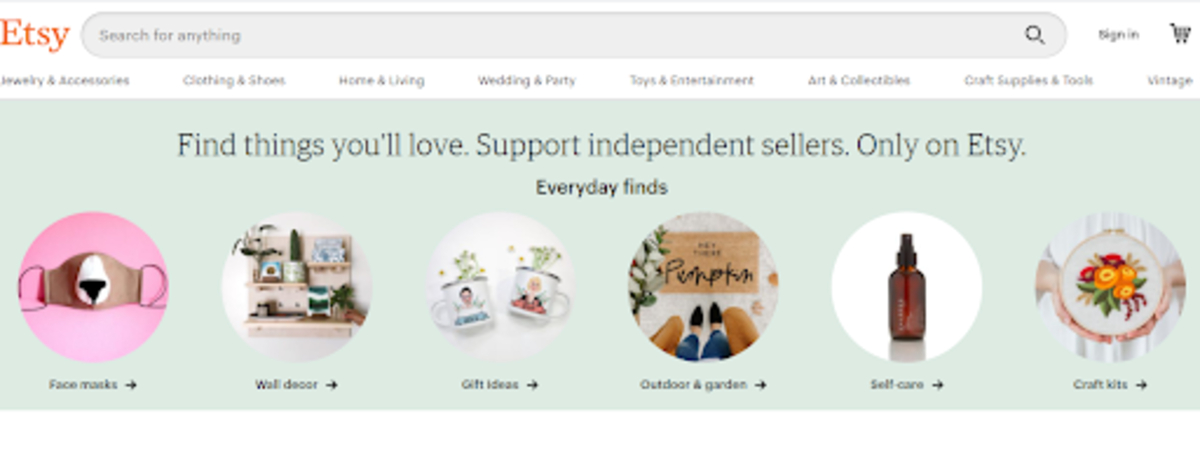
Etsy is also a user-friendly platform for entrepreneurs to start their own business. In terms of price, Etsy is in the middle of these three platforms since people have to pay for using it, but the fee is extremely low. When visiting Etsy, you will easily realize that there are dozens of similar products that lead to a large number of complaints to Etsy due to this problem. To respond, Etsy also launches plenty of stricter policies that users need to comply with to start selling on Etsy.
Nevertheless, it is not the thing you need to consider in Etsy, the biggest problem there is the policy that Etsy own all the shops as well as manage them according to their desire. Thus, if there is a misunderstanding, your store will be likely to be deactivated. If you have stores on other platforms, it doesn’t matter, you are not affected too much. However, in case you put all your eggs on Etsy, the problem will be much more serious. You will lose weeks to reactivate your store because there is only a way to connect with Etsy which is via email.
Read more:
Other things you’ll need to consider before selling
Besides things mentioned above, you also need to focus on such issues as startup costs, returns, order fulfillment, and integration.
Startup Costs
Although doing business with no inventory will help you save lots of money, it doesn’t mean you can startup without money. Actually, you will probably pay several following costs. The first one is for hiring designers. If you have the ability to design on your own, obviously no need to hire them. But not many merchants possess this talent so hiring a designer is unavoidable and it will take you at least $5.
Moreover, $5 or more is the money you have to pay for the cost of stock art. Depending on the marketplace you are on, the listing fee is another problem you should consider. For instance, it is free in WooCommerce, but you must pay no less than 20 cents for each item on Etsy. What’s more, if you are running your business website or a Shopify store, there will be a cost to maintain your store, such as $50 for the first year of running a website.
Is that all we have to pay for? Unfortunately, the answer is NO.
After the first transaction, you still have to use money for many things which are the advertising fee to display your items to your target audiences and approach as many customers as possible, and returns due to personal reasons. You will pay for the returns if your customers return them not for the fault of suppliers. Hence, to prevent these situations, advice for you is setting the DPI resolution higher than the requirements of the fulfillment partner. In addition, if you are running a sale program to attract customers and your price is insufficient for the fulfillment base cost, you have to pay money to make up.
Returns
Usually, when there are some problems with your shirts caused by your fulfillment partner like a fault with sewing or bleeding print jobs, and more. Indeed, your customers will receive another shirt to replace the defective one from the fulfillment partner of yours. And both you and your customers don’t have to pay anything for this replacement since it is the supplier’s fault.
However, if the fault doesn’t lie with the supplier but with you, you, of course, will have to pay for the refund for your customers. In fact, the most common root for this problem is low resolution: you know, due to the differences in materials, the design and image will look different between in computer and in cloth so check it carefully to make sure that your design will look beautiful and clear in real shirts. More than that, buyers from time to time don’t like the shirt and then return the items for some personal reasons, forcing you to pay the money for the supplier. In these cases, the money is often deducted from your profits without human control.
If your fulfillment partner is Printful, you should have a balance in your Printful Wallet, PayPal, or credit cards. Even though you can instantly get profits with Printful and are provided with its payout thresholds and payment schedules, who knows what can happen in the future. Hence, putting a certain amount of money on your card will help you deal with unexpected returns in a rapid manner.
Order fulfillment
Remember that the more your products appear in front of your customers’ eyes, the more likely they will be purchased. It will be much more crucial if you have just started your business, having no audience and experiences. Hence, try your best to upload your items in numerous websites to maximize the exposure.
As usual, the price of a shirt created by your print-on-demand partner is not just the money used to create the shirt. It consists of everything related to the process of making the shirt and using the fulfillment platform. So you can freely use these POD partners and only have to pay the bill (often via PayPal) when you actually order one. Furthermore, the asking price and profit margin for the items are available so you can select them easily.
Also, every fulfillment platform introduced in this article has its list of tools for designing products, enabling users to modify the design effortlessly and directly on the fulfillment web. So, when uploading the items’ design, you can exploit these functionalities to work effectively.
What’s more, each dropshipping partner and marketplace has their own pricing, products, and product quality. As a result, you are suggested reading through the catalog and product reviews posted by other creators. It is a reliable source for you to decide on suitable items for your design.
Integration
In this kind of business, “integration” is used to indicate the situation that the orders are placed on one platform while the fulfillment is implemented on another platform, and these two platforms connect with each other to make sure everything is running smoothly. Hence, when a person places an order on the eCommerce site, the fulfillment will be processed automatically on the others.
Thanks to the integration, you can control your business more efficiently, get money immediately, and have more features to administer and store customer data. There are various platforms for POD, but in this article, it is all about Printful since many websites, blogs, and marketplaces like Etsy can be integrated seamlessly with it.
Related posts:
- How to sell T-shirts on Shopify
- How to Successfully Launch a T-shirt Business?
- How to Build A Shopify T-shirt store?
Conclusion
This article provides you everything you need to start selling shirts with no inventory. Hence, if you are interested in this model of business or looking for a cost-effective way to do business. Don’t miss this helpful post.
If you have any questions or feedback, please contact us or leave a comment below this post.
New Posts






